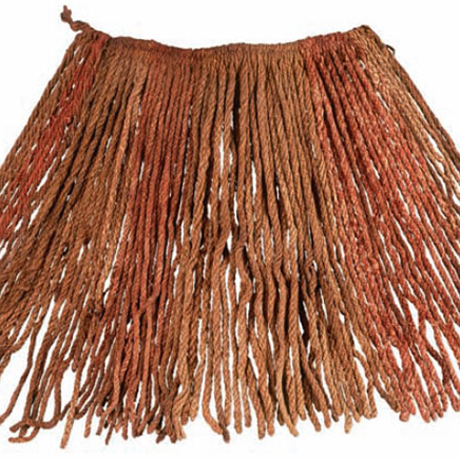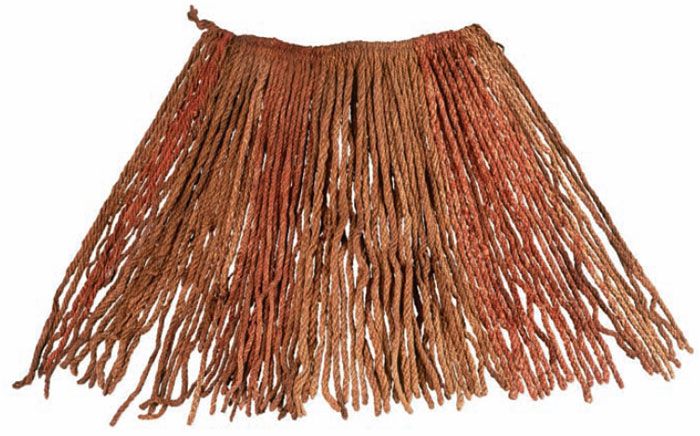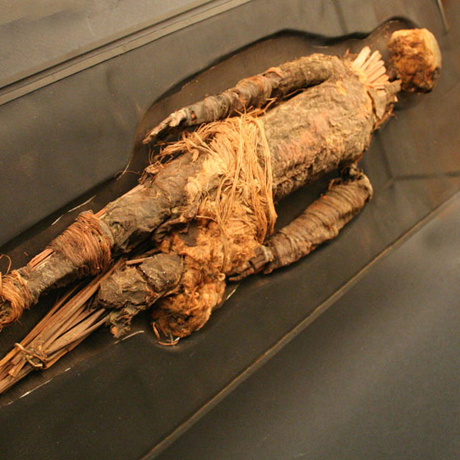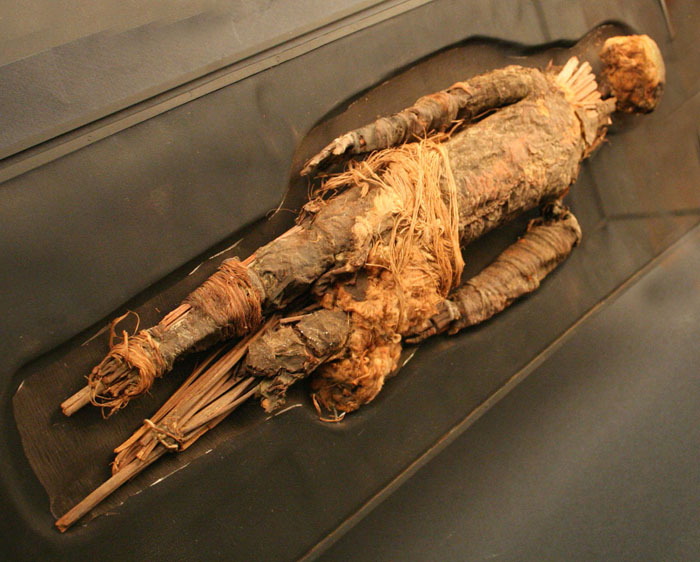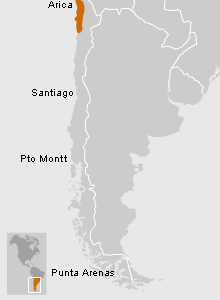The Chinchorro people inhabited the Pacific coast of southern Peru and northern Chile, from what the present-day port of Ilo to Antofagasta. Though the land here is extremely arid, the region is abundant in marine resources due to the cold Humboldt Current. The small valleys that cross the land to the sea bring freshwater to this desert coast, as well as animal and plant species that provided sustenance to these ancient peoples. The Chinchorro people were called after the beach of the same name near Arica, Chile, where evidence of their culture was first found.
How to Arrive
El Museo se encuentra ubicado en pleno centro de Santiago, en la esquina de las calles Bandera y Compañía, a una cuadra de la Plaza de Armas.
Tickets
Chileans and resident foreigners: $1,000 Foreigners: $8,000 Chilean students and resident foreigners: $500 Foreign students: $4,000
Guided Visit
El Museo cuenta con un servicio de guías, sin costo adicional, para los establecimientos educacionales.
Information for Teachers
Invitamos especialmente a coordinarse con alguno de nuestros guías para programar una visita o actividades de motivación y seguimiento que aprovechen de la mejor forma la experiencia de visitarnos.
Audioguides
Download recordings of the Permanent Exhibition display texts in English, French, Portuguese and Spanish here. These audioguides are in mp3 format and are arranged by cultural area, following the same order as our exhibit galleries. Descargue desde esta página audioguías en castellano, inglés, francés y portugués con los textos de las vitrinas de la […]





































